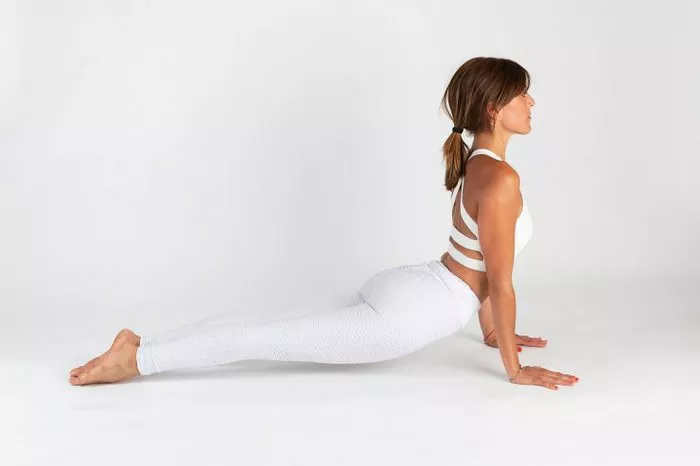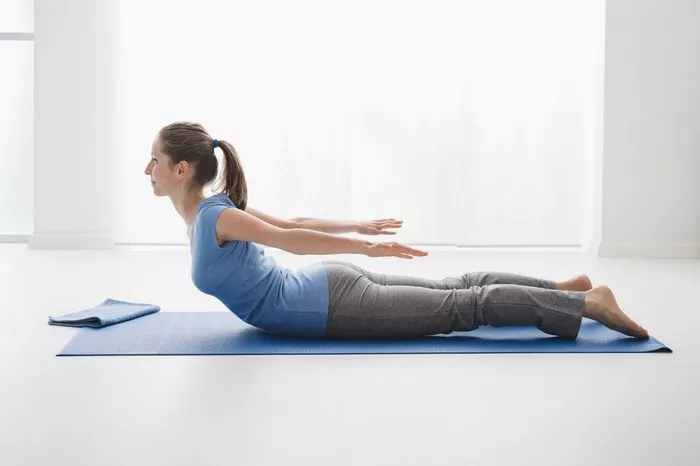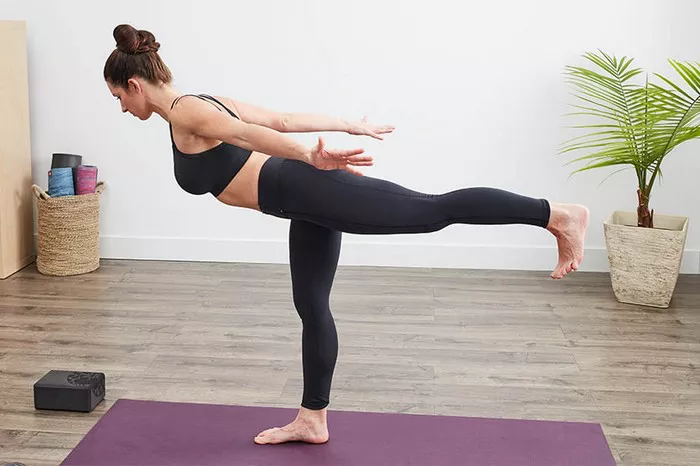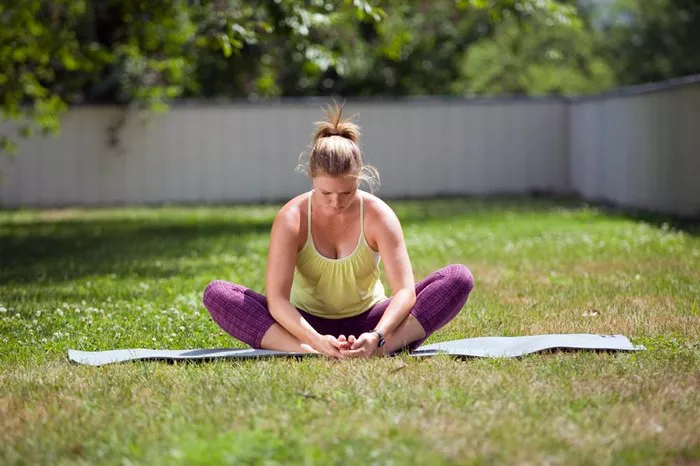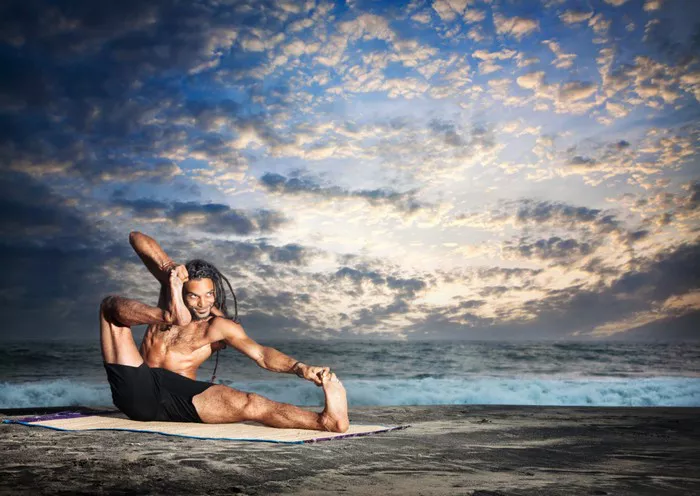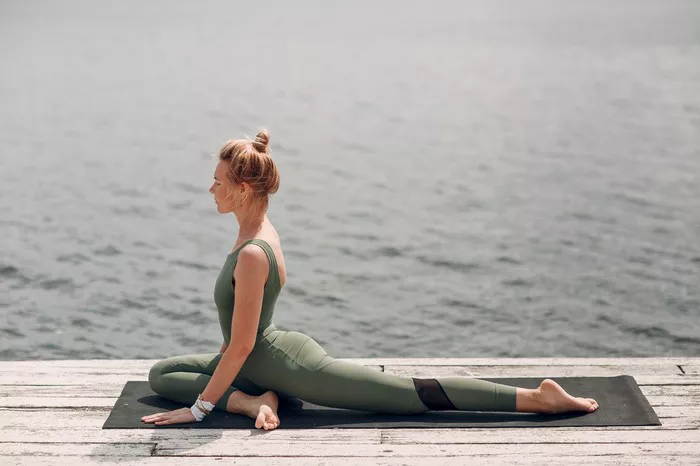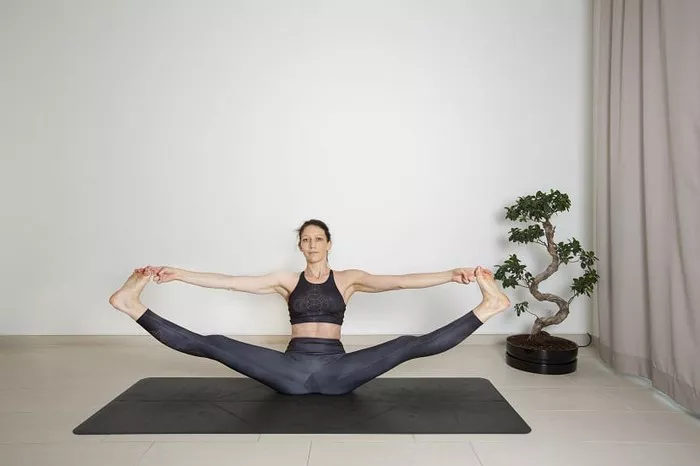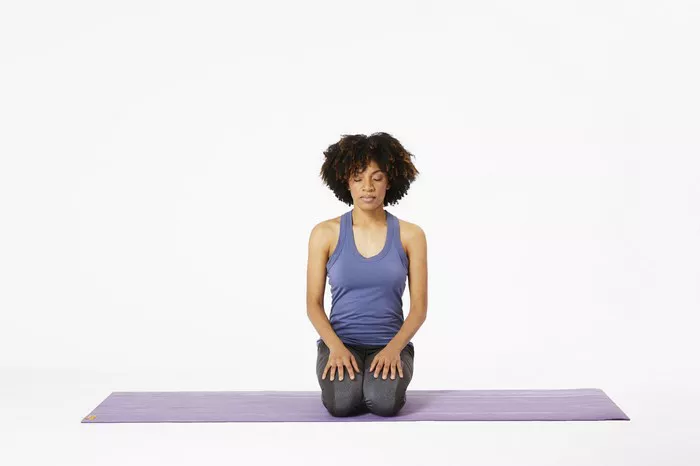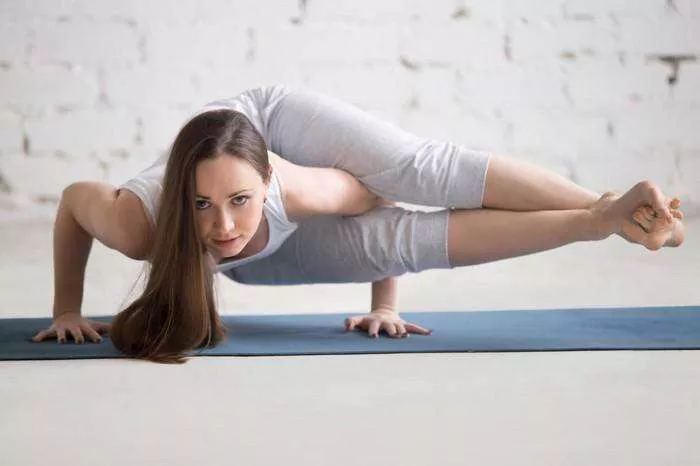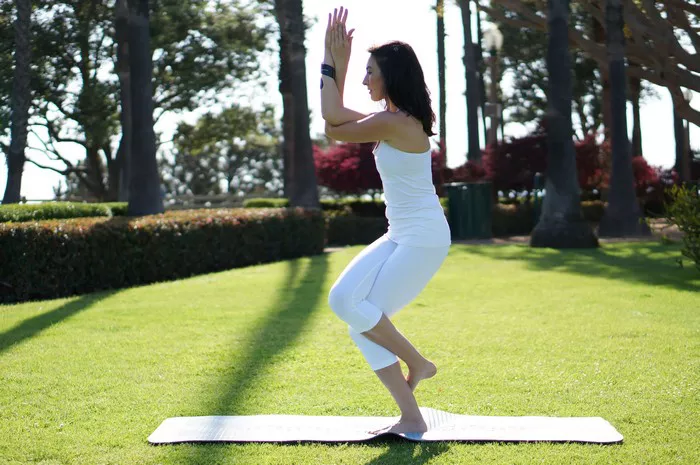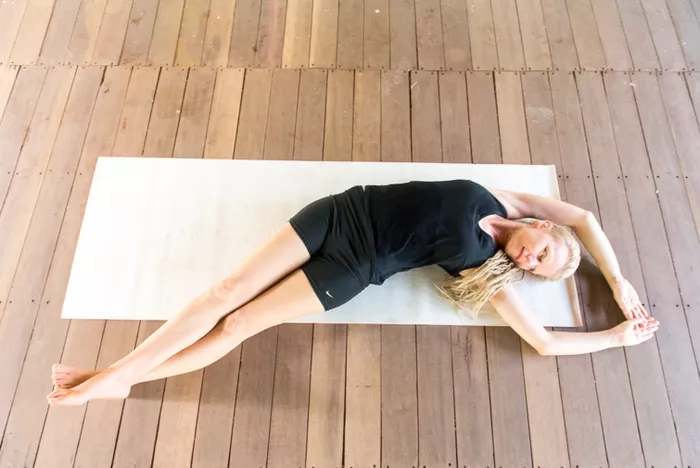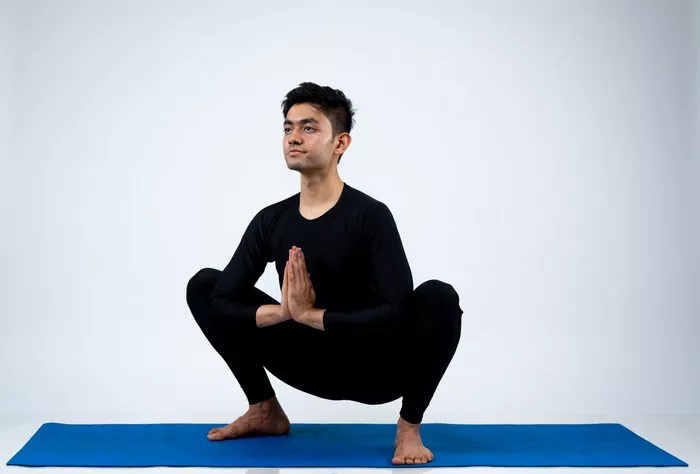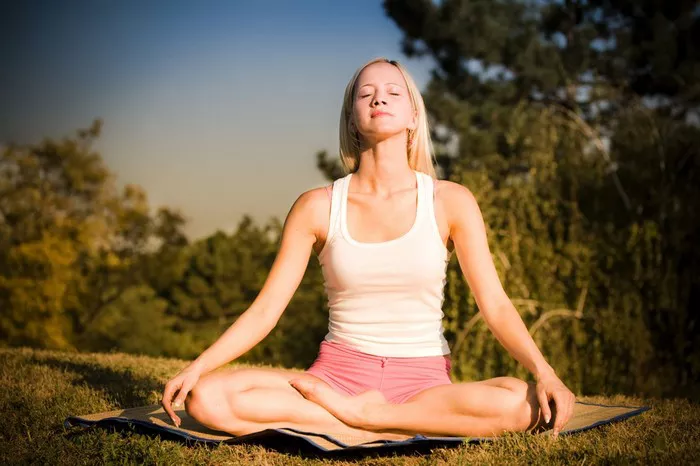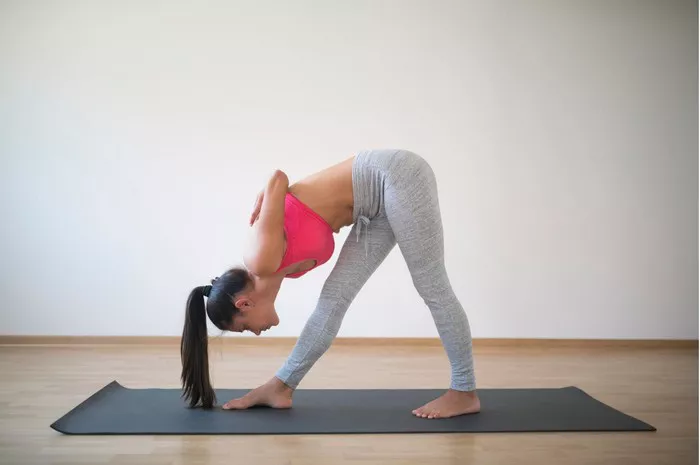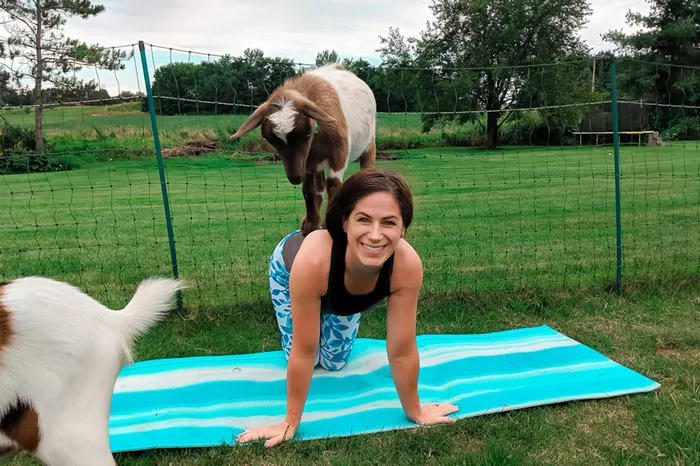Living with knee pain can significantly impact daily activities and make traditional forms of exercise challenging. However, yoga offers a low-impact, joint-friendly alternative that can be adapted to accommodate knee sensitivity while improving flexibility, strength, and overall well-being. This updated 2025 guide provides a detailed overview of the ten best yoga poses suited for individuals with bad knees.
Understanding Yoga and Knee Health
Before diving into specific poses, it’s essential to understand how yoga benefits those with knee issues. Many yoga practices emphasize mindful movement, muscle engagement, and joint alignment. These principles help reduce unnecessary pressure on the knees while strengthening the surrounding muscles, including the quadriceps, hamstrings, and glutes. Strengthening these muscles provides better support for the knees and reduces strain over time.
Moreover, yoga enhances body awareness, helping individuals recognize movement patterns that contribute to knee pain. Practicing yoga with props like bolsters, blocks, and straps can further reduce knee stress and make poses more accessible.
1. Mountain Pose (Tadasana)
Though seemingly simple, Mountain Pose lays the foundation for many other yoga postures and helps cultivate good alignment habits. By standing tall with feet hip-width apart and evenly distributing weight, you activate the thigh and calf muscles, which support the knees. Engage your core and keep your spine long.
This pose helps reinforce the importance of posture and balance, both crucial for reducing knee strain in daily activities. It may seem passive, but it’s powerful for developing body awareness and muscle control without stressing the joints.
2. Supported Bridge Pose (Setu Bandhasana)
Bridge Pose can be adapted for those with bad knees by using props such as a block or bolster under the sacrum for support. Lie on your back with knees bent and feet flat on the mat, hip-distance apart. Gently lift your hips and slide the block underneath for support.
This version strengthens the glutes and hamstrings without requiring deep knee flexion. It also opens the chest and improves spinal mobility. Ensure the knees remain aligned with the ankles and avoid letting them splay out to the sides.
3. Reclined Hand-to-Big-Toe Pose (Supta Padangusthasana)
This pose is excellent for gently stretching the hamstrings and calves without putting pressure on the knees. Start by lying on your back with one leg extended on the floor and the other lifted toward the ceiling, using a strap around the foot for assistance.
Keep the extended leg active and grounded while gently pulling the raised leg toward you. Modify the stretch by bending the lifted knee if needed. This pose not only improves flexibility but also relieves tension in the legs and lower back.
4. Legs-Up-the-Wall Pose (Viparita Karani)
One of the most restorative poses in yoga, Legs-Up-the-Wall allows for total relaxation without strain on any joints. Sit sideways next to a wall, then swing your legs up as you lie on your back. Your hips can rest on a folded blanket or bolster for added comfort.
This inversion promotes circulation, reduces swelling in the legs, and calms the nervous system. Since the knees remain in a neutral, extended position, this pose is particularly gentle for those dealing with knee discomfort.
5. Cat-Cow Stretch (Marjaryasana-Bitilasana)
This dynamic movement sequence enhances spinal flexibility and improves overall joint mobility. Begin on hands and knees with wrists under shoulders and knees under hips. Inhale as you arch your back (Cow), lifting your head and tailbone; exhale as you round your spine (Cat), tucking your chin and pelvis.
Use a folded blanket under the knees for extra cushioning. This pose strengthens the spine and core while gently engaging the hips and shoulders, minimizing stress on the knees.
6. Child’s Pose with Bolster (Balasana)
Child’s Pose can be highly soothing, but those with knee issues must modify it to avoid discomfort. Use a bolster or stacked blankets between your calves and thighs to reduce knee compression. Spread your knees wide and let your torso rest forward over the bolster.
This gentle resting pose stretches the back and hips while allowing the knees to relax in a supported position. Breathe deeply to enhance the restorative effects and ease tension throughout the body.
7. Bound Angle Pose (Baddha Konasana)
This seated hip-opener helps increase flexibility in the inner thighs and groin while keeping the knees gently bent and supported. Sit with your feet together and knees dropped to the sides. Use cushions or yoga blocks under each knee for additional support.
Keep your spine straight and avoid pressing down on the knees. This pose encourages better hip mobility, which can reduce compensatory stress on the knees during walking or standing.
8. Standing Forward Fold with Chair (Uttanasana Variation)
Standing forward folds can place stress on the knees if done improperly. Using a chair for support transforms this pose into a safe and effective stretch. Stand behind a chair and fold forward, resting your hands or forearms on the seat.
This variation stretches the hamstrings, calves, and lower back while allowing the knees to remain slightly bent. Engage your thighs to protect the joints and prevent hyperextension.
9. Low Lunge with Knee Support (Anjaneyasana Variation)
Traditional lunges can be problematic for those with knee pain. However, using props can make them more accessible. Place a folded blanket or pad under the back knee and keep the front knee directly over the ankle.
This pose stretches the hip flexors and strengthens the glutes. Avoid sinking too deeply into the lunge, and maintain an upright torso to protect the lower back and knees. Focus on alignment and muscle engagement over depth.
10. Seated Twist (Ardha Matsyendrasana)
Twisting poses are beneficial for spinal mobility and digestion. A seated twist with the bottom leg extended reduces pressure on the knees. Sit tall, cross one leg over the extended leg, and twist gently toward the bent knee.
Avoid forcing the twist; instead, use the breath to deepen the movement gradually. This pose promotes a supple spine and improved posture without challenging the knees.
Tips for Practicing Yoga Safely with Bad Knees
- Use props liberally: Bolsters, blankets, blocks, and straps are essential tools to support alignment and reduce strain.
- Focus on alignment: Always prioritize correct alignment over depth in any pose.
- Strengthen supporting muscles: Target the hips, glutes, and thighs to take pressure off the knees.
- Modify poses as needed: Don’t hesitate to skip or adjust poses that feel uncomfortable.
- Practice regularly: Consistency builds strength and flexibility gradually without overloading the joints.
Conclusion
Yoga offers a practical, adaptable solution for individuals dealing with knee pain. The key lies in selecting poses that build strength, enhance flexibility, and support the joints rather than challenge them. With thoughtful modifications and the right use of props, yoga can become an essential part of a knee-friendly wellness routine.
These ten poses, updated for 2025, represent the best options for people with bad knees, whether they are beginners or seasoned practitioners. Always consult a medical professional or certified yoga therapist before beginning a new exercise regimen, especially when dealing with chronic pain or injuries.
FAQs
Q: Can yoga really help with knee pain?
A: Yes, yoga can strengthen the muscles around the knee, improve flexibility, and promote better alignment, all of which can reduce knee pain over time.
Q: Are there yoga poses to avoid if I have bad knees?
A: Deep knee bends, prolonged kneeling, and poses that twist or compress the knees should generally be avoided unless modified with props or done under professional guidance.
Q: How often should I practice yoga to see results?
A: Practicing 3–5 times per week can yield noticeable improvements in flexibility, strength, and joint comfort. Consistency is more important than intensity.
Q: Is it safe to practice yoga at home with knee problems?
A: Yes, but it’s crucial to follow modifications and use props. Watching guided videos from certified instructors or consulting a yoga therapist is highly recommended.
Q: What type of yoga is best for knee issues?
A: Gentle yoga styles like Hatha, Restorative, and Iyengar are ideal due to their focus on alignment and use of props. Avoid vigorous styles unless supervised by a knowledgeable instructor.
Related Topics:

